How to tell when you’re overtraining
Time on the bike is key to getting fitter, but here’s how you make sure you don’t overdo the training
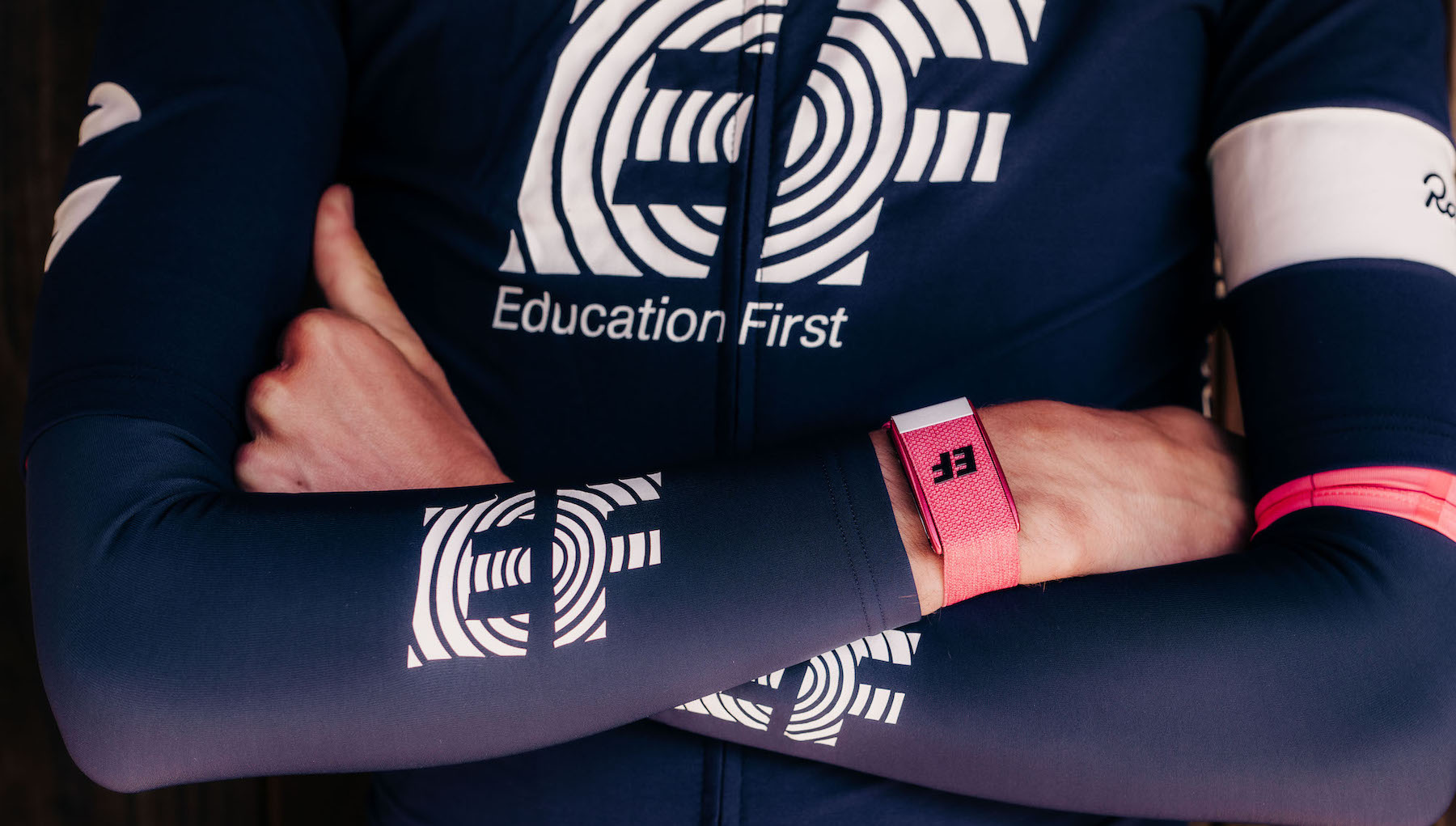
Promotional feature with WHOOP
When training for cycling goals, it’s easy for us to try and spend as much time on the bike as possible.
With races, events, and PBs on the horizon, getting enough training is a prime motivator for many riders, but it’s also important to be wary of overtraining.
It’s not always easy to read the signals your body is sending you - are you just feeling the burn from your time on the bike, or are your legs telling you it’s time to ease off?
Here is everything you need to know about the risk of overtraining, and how WHOOP can help you perfectly balance your riding:
What is overtraining?
The concept of overtraining is pretty simple - basically it’s spending too much time training with too much intensity, not giving your body enough time to recover, and in turn getting slower and not stronger.
Arguably the most key part of training on the bike is actually recovering after your session, as coaches will often tell you.
The goal of training is to put your body under strain and then let yourself recover so you’re primed and ready to repeat that effort whenever you need to, whether that be in a race, a sportive, or even just chasing a Strava KOM.
But if you’re overtraining, you’re taking the body beyond the point where it’s able to recover from the strain, hindering your future performance as you risk taking a step backwards with your fitness.
There are a few key things to look out for, as your body will send you signals that you’re overdoing the riding.
These include mental strain, like struggling to get out and ride the bike, fuzziness in the mind, or struggle to focus.
Along with these feelings, there are also some concrete physiological changes in the body, which WHOOP can help you identify.
How WHOOP can stop you overtraining
Listening to the signals your body sends when overtraining is easier said than done, especially when balancing riding with everyday stresses and strains like work and family.
But with WHOOP, you can easily and effectively check in with your body with key metrics, helpful visuals, and easy to understand advice. WHOOP breaks your fitness down into three areas - strain, recovery, and sleep - all of which offer indicators if you’re overtraining.
Strain measures the intensity of each workout through your heart-rate and WHOOP will measure patterns in your training, to help you keep the intensity in the perfect zone so you know when you’re training just the right amount.
If your training Strain increases dramatically, WHOOP will let you know and warn you that you could be straying into overtraining.
Strain also tracks your activity levels even when you're not on the bike, as your strain can build above your optimal range even if you’re not training heavily thanks to everyday demands.
Recovery combines a number of metrics, including resting heart-rate, heart-rate variability, respiratory rate, and sleep performance, to give you a recovery score.
That percentage score, broken down into three zones (red, yellow, and green), tells you exactly how recovered you are each day, and lets you know if your body is primed and ready to take on more strain.
The better you’ve recovered, the better you can perform.
WHOOP will also track your recovery over time, showing you trends in your recovery and helping you identify how your training might be impacting your ability to recover.
Sleep plays a huge part in recovery, as you get stronger while you sleep.
But sleep can also offer an insight into your training load and potential overtraining. By measuring your time in bed, your sleep performance, and how long you spend in each stage of sleep, WHOOP can help you track your sleep, and offer tips on how to be more efficient with your snoozing.
By tracking each stage of sleep, you're also able to see how much deep sleep you're getting each night. In fact, 95 percent of human growth hormone is produced during deep sleep. What does this mean? You don’t actually get stronger in the gym or while you’re exercising. Working out breaks your muscles down, then deep sleep helps build them back up. In order to see the greatest potential gains from training, getting a sufficient amount of deep sleep afterwards is essential.
>>> What separates the best…from the rest?
You can also track your lifestyle habits to see how things like alcohol, caffeine, and late meals all impact your sleep and recovery.
Tracking sleep plays a role in overtraining, as WHOOP can tell you if you’re not recovering from riding even if your sleep performance is good, which can be a key indicator to overtraining.
Join WHOOP now and get the new WHOOP Strap 3.0 for free with your membership. Click the link below to get your first month free on Cycling Weekly: join.whoop.com/cyclingweekly
To learn more about WHOOP, head over to the website and if you do want to sign up you can get a month’s free membership by using the link above. Get to know yourself with WHOOP.
The latest race content, interviews, features, reviews and expert buying guides, direct to your inbox!
Founded in 1891, Cycling Weekly and its team of expert journalists brings cyclists in-depth reviews, extensive coverage of both professional and domestic racing, as well as fitness advice and 'brew a cuppa and put your feet up' features. Cycling Weekly serves its audience across a range of platforms, from good old-fashioned print to online journalism, and video.
-
 Tadej Pogačar 'not obsessed' by Paris-Roubaix and Milan-San Remo, but insists 'it’s impossible to have the same amount of fun at the Tour de France'
Tadej Pogačar 'not obsessed' by Paris-Roubaix and Milan-San Remo, but insists 'it’s impossible to have the same amount of fun at the Tour de France'The world champion will race a similar race calendar to 2025, and there are two races above all that he is most desperate to succeed in
-
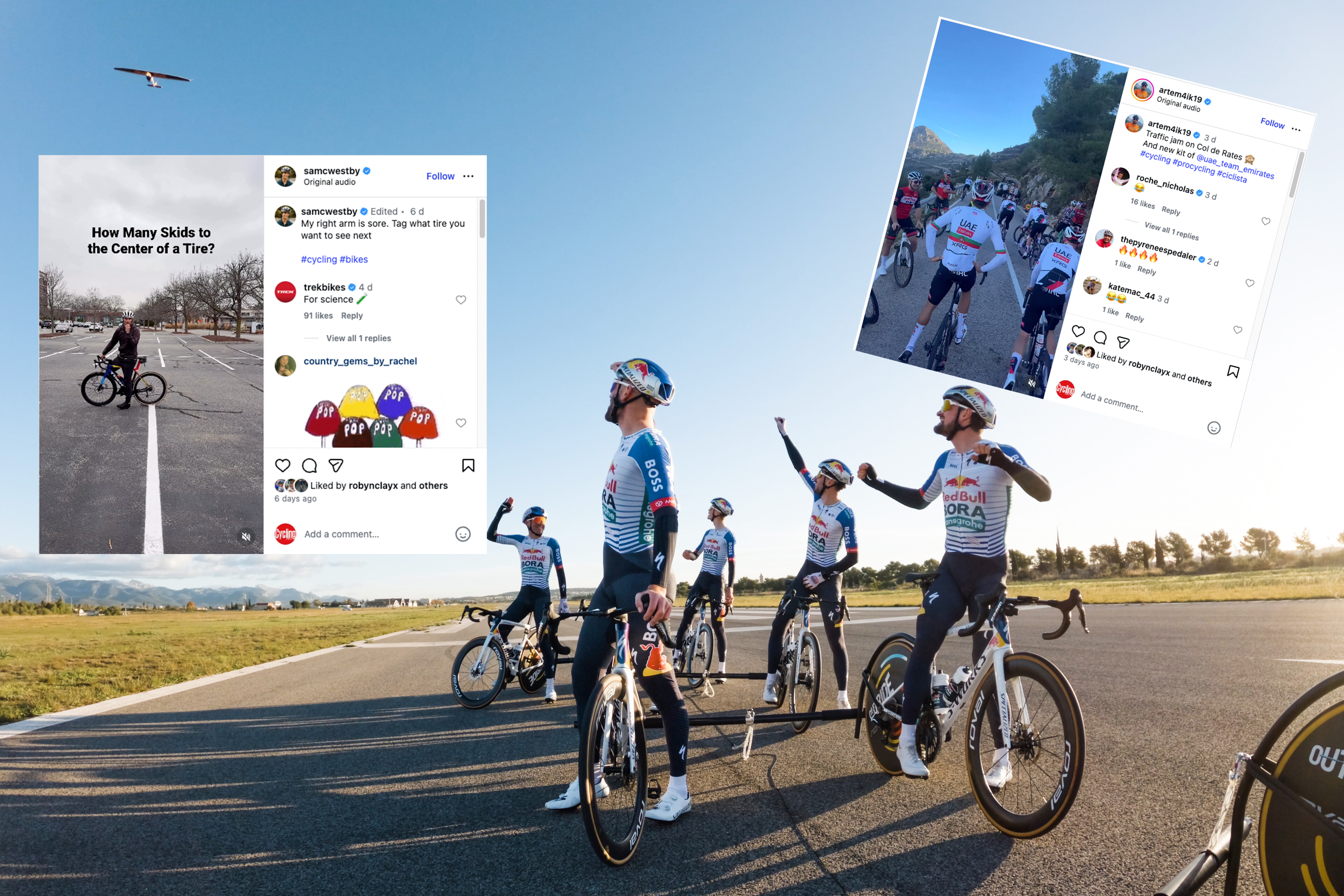 Tadej Pogačar takes to the padel court, bike-towed planes and Christmas jumpers: this week in cycling social media
Tadej Pogačar takes to the padel court, bike-towed planes and Christmas jumpers: this week in cycling social mediaIt's silly season, we assume?
-
 Enter for a chance to win an electric bike from Ride1UP
Enter for a chance to win an electric bike from Ride1UPSponsored A super-stylish Roadster e-bike up for grabs from Ride 1UP for one US-based reader
-
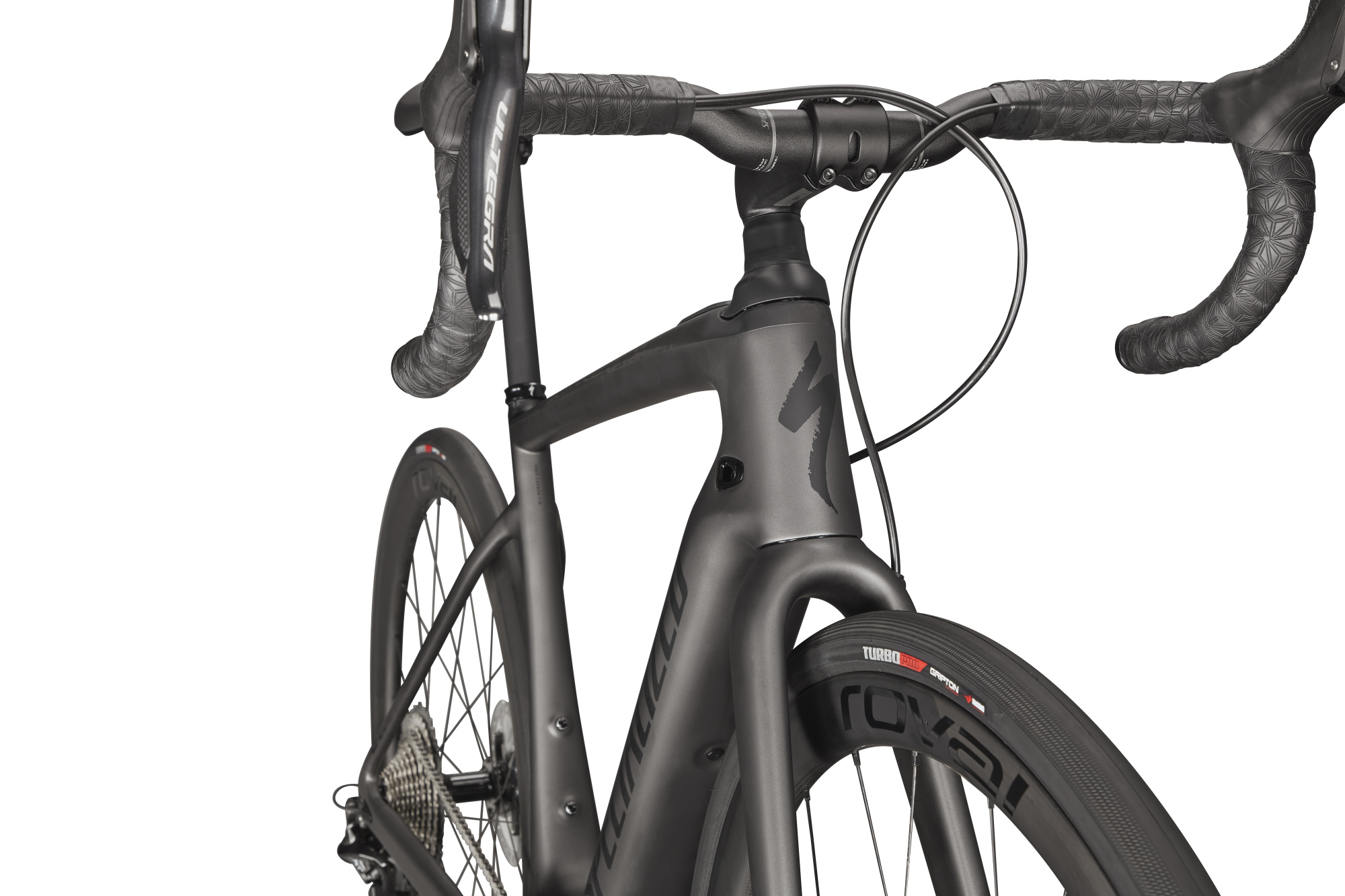 Here's how you can win a Specialized Turbo Creo SL worth £7500!
Here's how you can win a Specialized Turbo Creo SL worth £7500!This sleek, high performance e-bike worth £7500 could be yours by entering our free competition
-
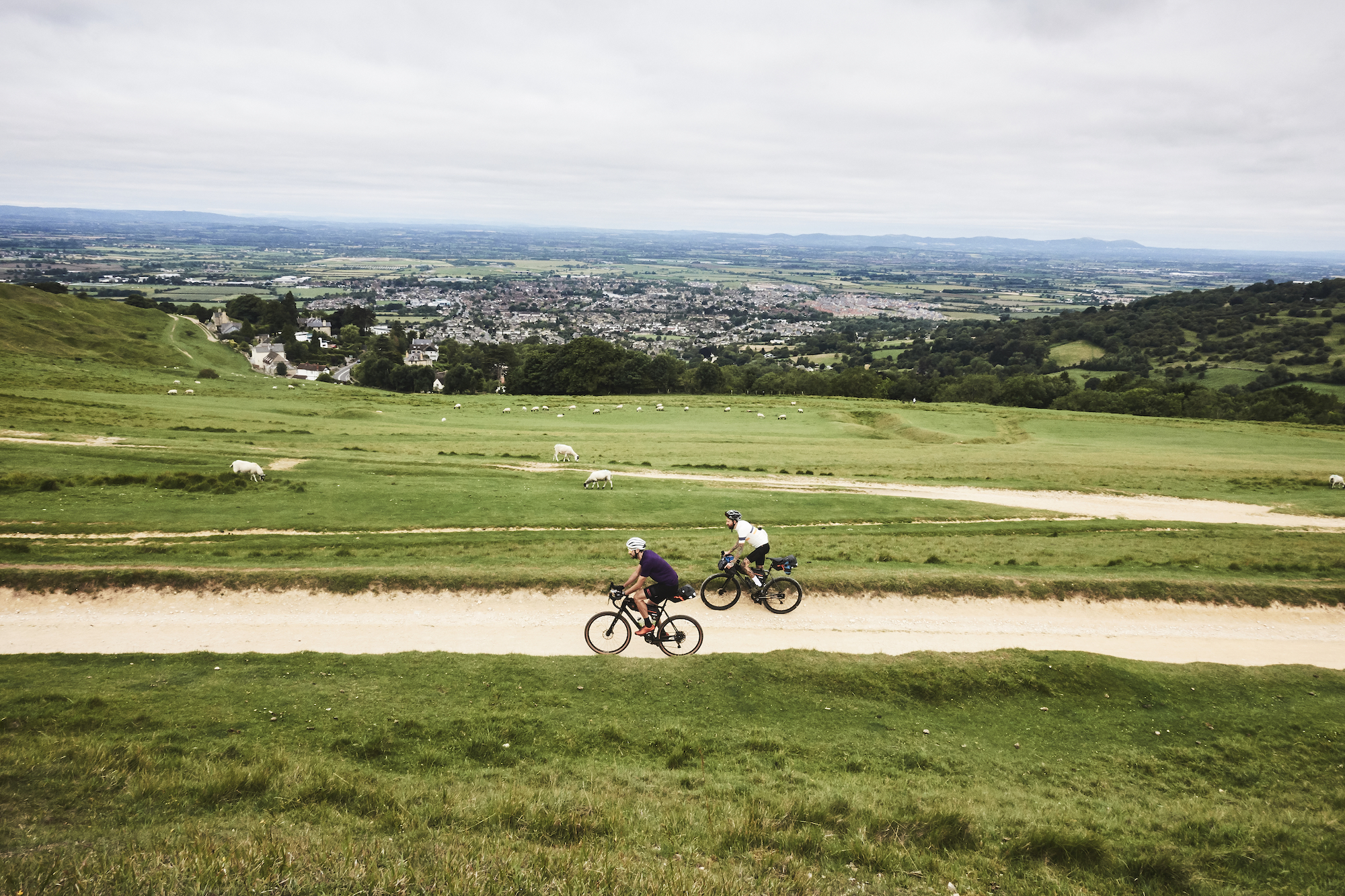 How to upgrade your riding routes
How to upgrade your riding routesKnow the feeling? It could be on a blistering hot sunny day in the fields, a snowy epic over the hills, or on a dawn blast around deserted city streets.
-
 Why it’s time to invest in an eBike: stop sweating over high prices
Why it’s time to invest in an eBike: stop sweating over high pricesUS-based Ride1UP makes your money work harder [than you ever will]
-
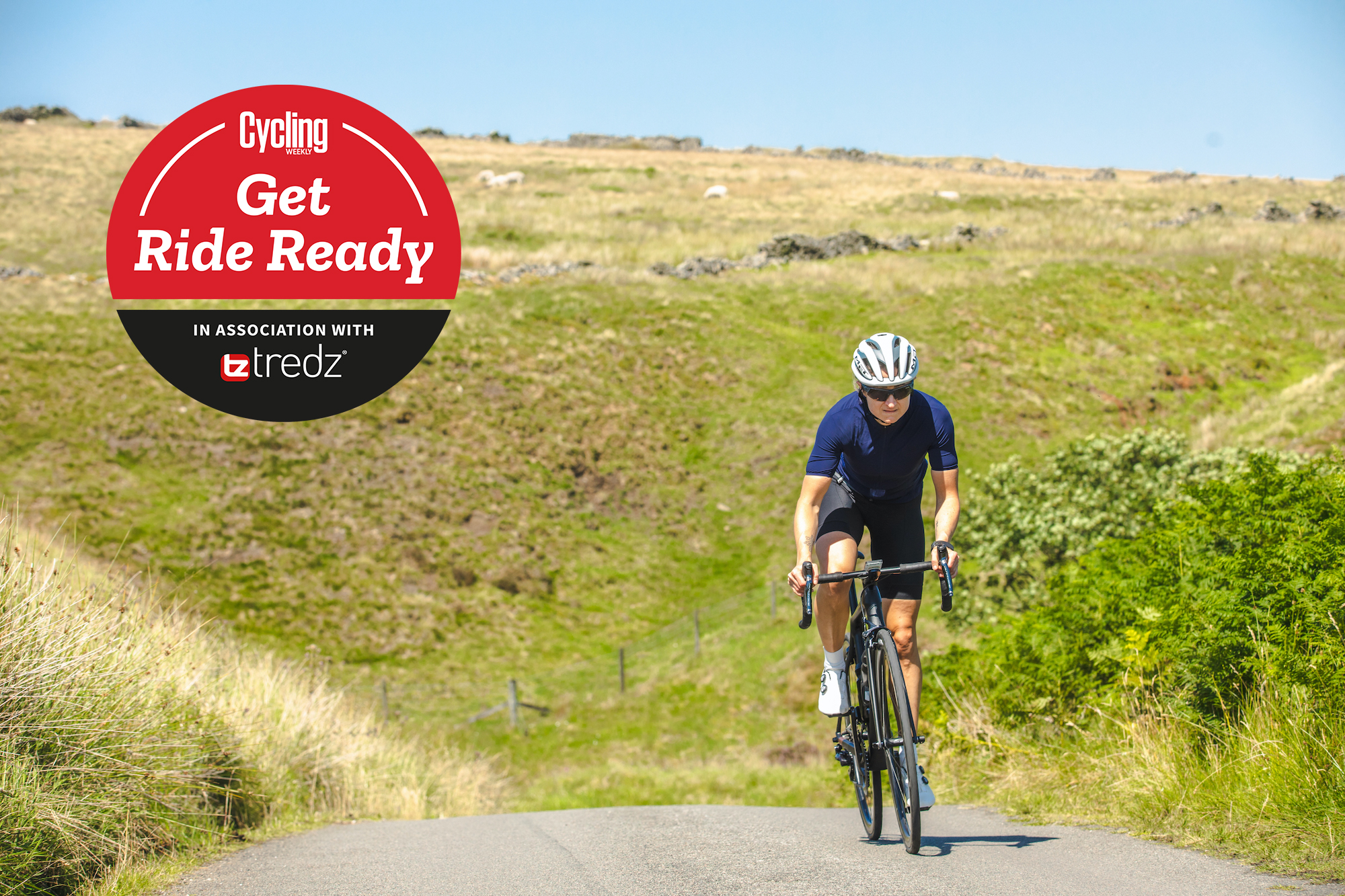 Back on your bike: what you need to enjoy longer rides
Back on your bike: what you need to enjoy longer ridesWith warm weather ahead, it is time to get back on the bike and indulge in long-distance rides this year, in association with Tredz
-
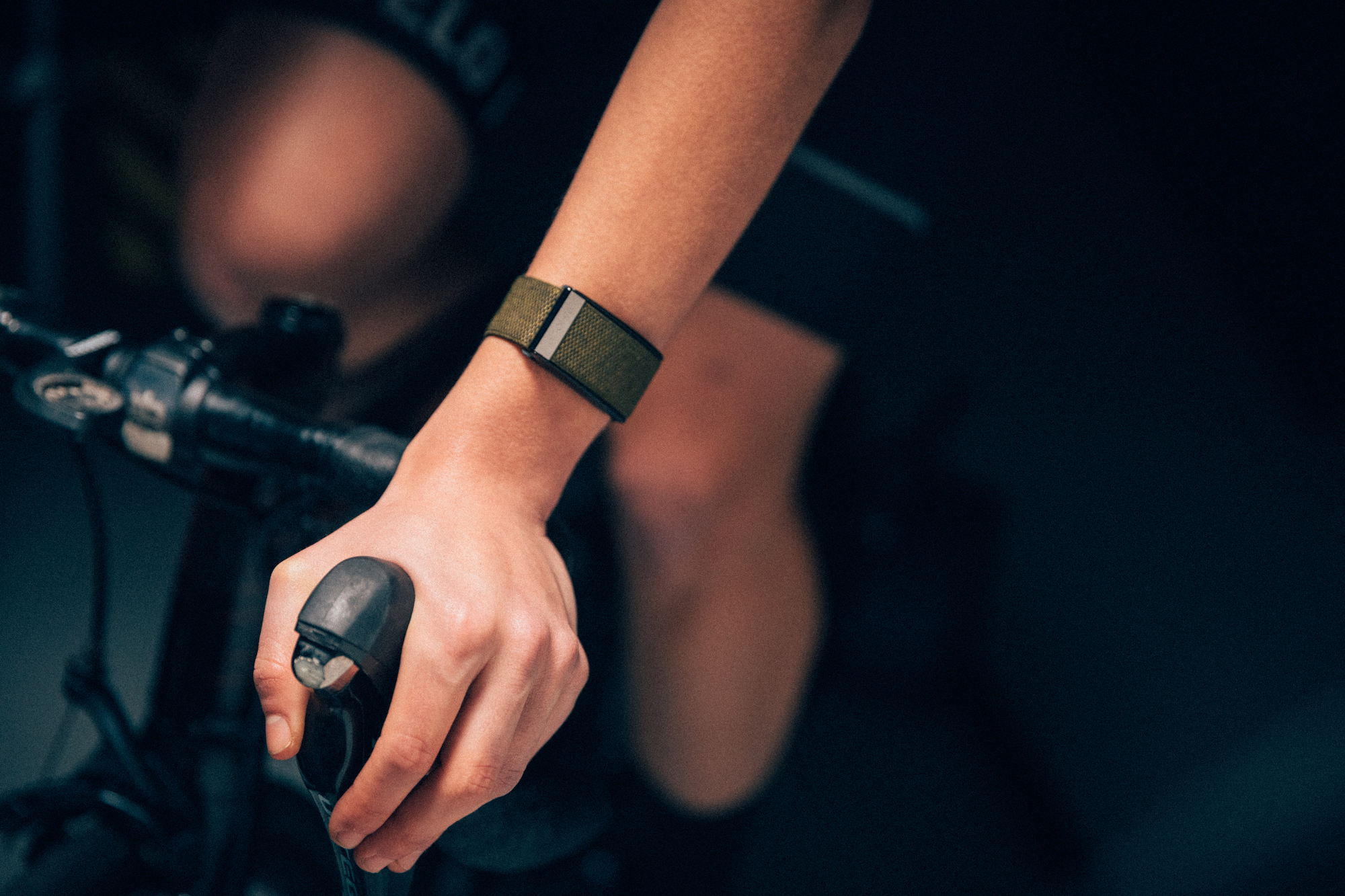 What is the WHOOP Strap 3.0 and why it’s built for the ultimate cycling performance?
What is the WHOOP Strap 3.0 and why it’s built for the ultimate cycling performance?The name WHOOP has been appearing across the cycling world in recent months, as one of the most popular pieces of fitness wearable tech available for cyclists right now.
-
 UYN’s revolutionary kit: aero, high performance and natural
UYN’s revolutionary kit: aero, high performance and naturalUYN presents an innovative new cycling kit woven with the latest technology and high-performance fabrics, for the ultimate blend between comfort and sustainability in the new AIRWING shirt and RACEFAST bib shorts.
-
 New Lapierre Pulsium increases tyre clearance and ride comfort
New Lapierre Pulsium increases tyre clearance and ride comfortLatest Lapierre endurance machine is designed for rough roads